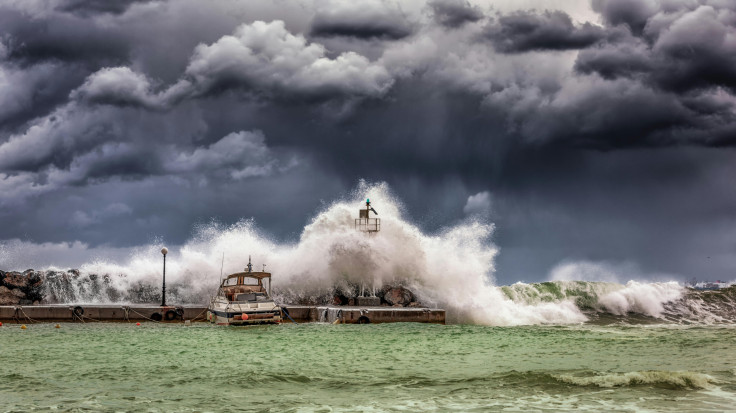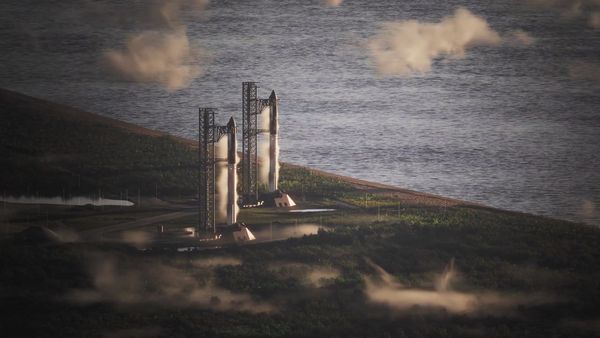
A mega-tsunami looms as a terrifying threat to the coastlines of Northern California, Oregon, and Washington. Experts are warning of a potential 'mega-tsunami', with colossal waves capable of engulfing entire communities. Alaska, Hawaii, and the mainland's West Coast are all at risk due to their proximity to active geological disaster zones.
The Cascadia Time Bomb
A recent study published in the Proceedings of the National Academy of Sciences (PNAS) suggests that a major earthquake could erupt along the Cascadia subduction zone—a fault line that stretches from Northern Vancouver Island to Cape Mendocino, California.
Researchers at Virginia Tech found that a powerful earthquake combined with rising sea levels could trigger a mega-tsunami, hitting Northern California, northern Oregon, and southern Washington the hardest.
A mega-tsunami is a catastrophic wave caused when earthquakes, landslides, or volcanic eruptions displace vast volumes of ocean water. Experts note there is a 15% chance that the Cascadia fault could unleash a magnitude 8.0 or greater earthquake within the next 50 years—potentially causing coastal land to subside by up to 6½ feet.
'The expansion of the coastal floodplain following a Cascadia subduction zone earthquake has not been previously quantified, and the impacts to land use could significantly increase the timeline to recovery,' said Tina Dura, lead author of the study and assistant professor at Virginia Tech's Department of Geosciences.
Crumbling Cliffs: Alaska's Growing Landslide Risk
Alaska remains especially vulnerable to landslides, given its rugged terrain and frequent earthquakes. According to the Daily Mail, melting glaciers—driven by climate change—are destabilising mountain slopes and dislodging rocks, further increasing the risk.
Lava and Waves: Hawaii's Violent History
Hawaii has long endured the threat of mega-tsunamis, many of which were caused by collapsing volcanoes. Roughly 105,000 years ago, a 1,000-foot wave struck the island of Lanai.
The build-up of lava layers on Hawaiian volcanoes creates steep, unstable slopes that can collapse during eruptions or seismic events. This sudden shift can displace millions of tonnes of rock into the sea, triggering a mega-tsunami.
The danger is far from over. Active volcanoes on the Big Island, including Mauna Loa and Kilauea, continue to pose a significant threat. Kilauea had been erupting for months before its latest eruption ended on 16 May.
Cascadia's Warning: The Ring of Fire Strikes Again
On the mainland West Coast, the Cascadia subduction zone remains one of the most seismically volatile regions in North America. The likelihood of another major earthquake in the coming decades is high.
The Cascadia zone is part of the notorious 'Ring of Fire'—a tectonic region circling the Pacific Ocean responsible for the planet's strongest earthquakes and most frequent volcanic activity.
Despite its volatility, the last time this fault produced a magnitude 8.0 or higher earthquake was on 26 January 1700. 'Cascadia is a unique place. It's not super heavily populated, but most estuaries have a community in them, and they're all right in the zone of subsidence,' said Dura.
'This is honestly where I think the subsidence could have bigger impacts than it has during other recent large earthquakes around the world,' she added.







